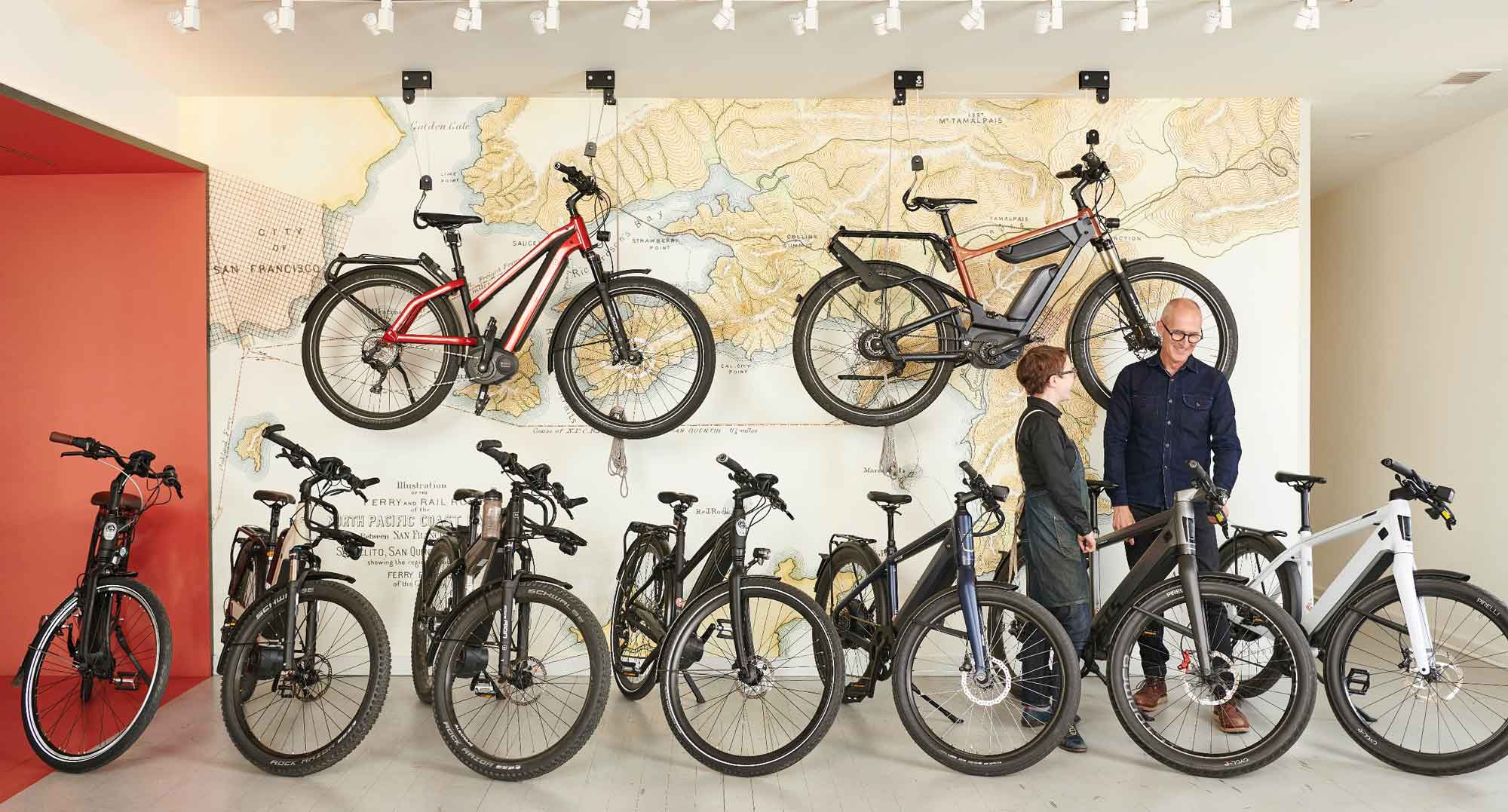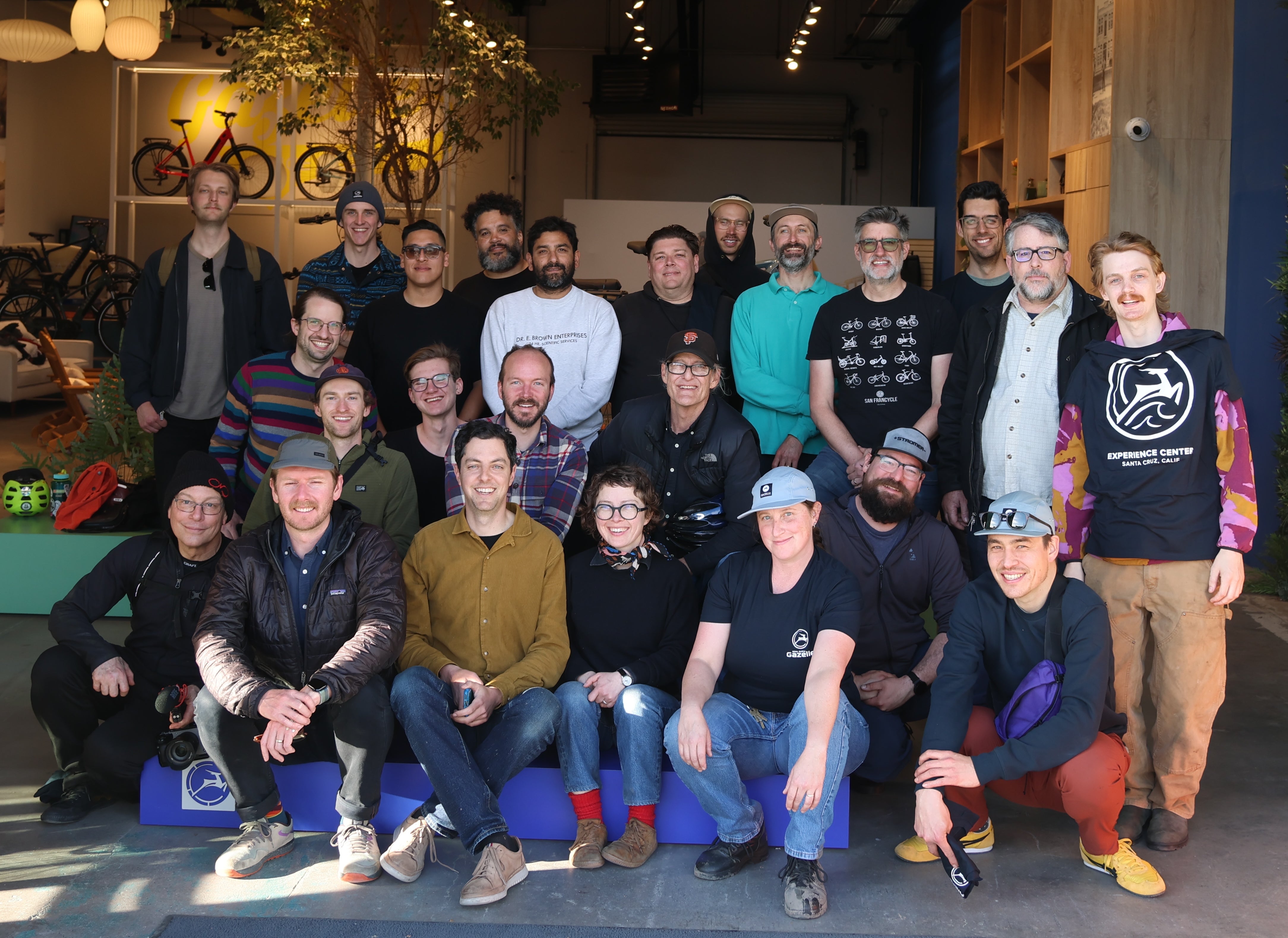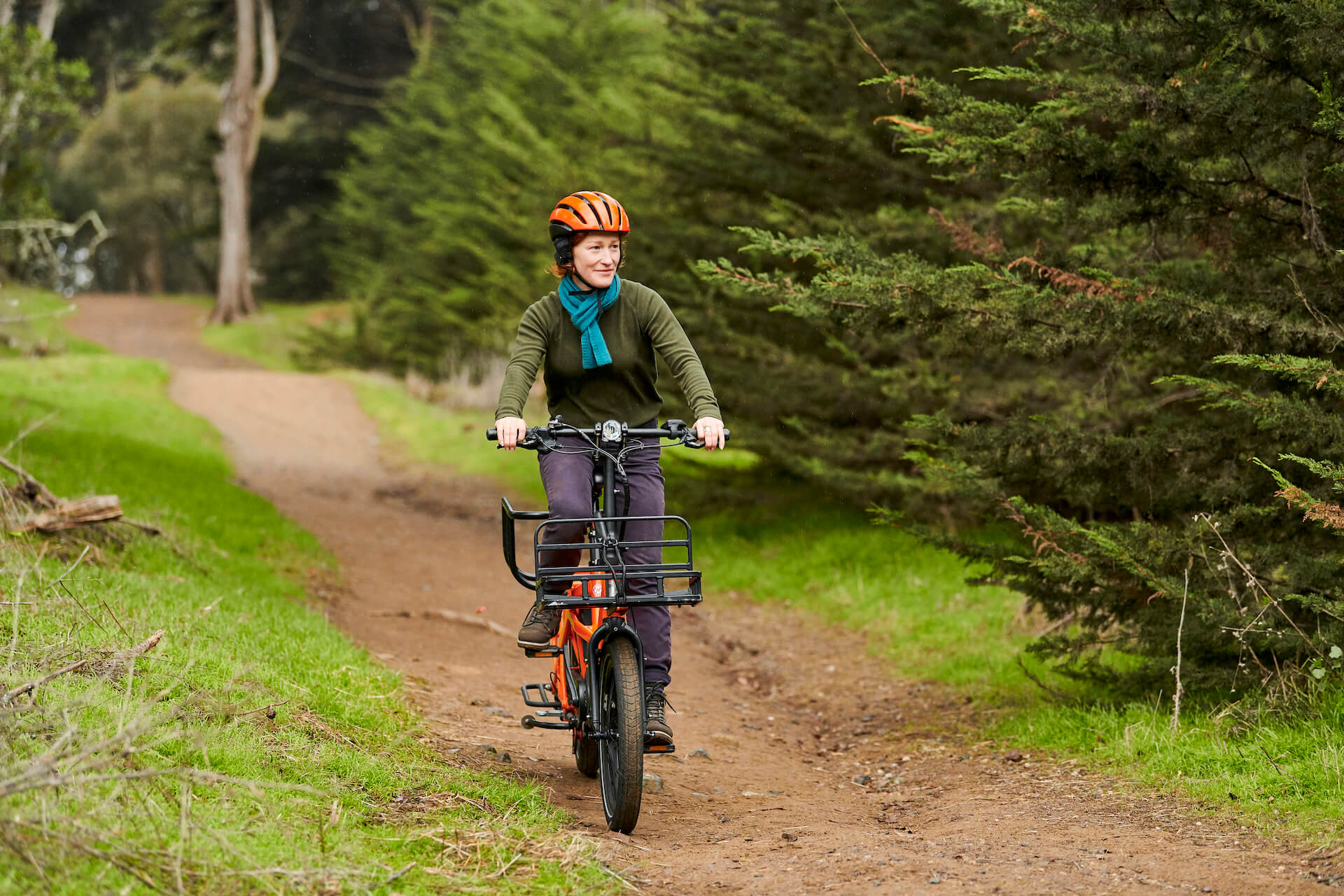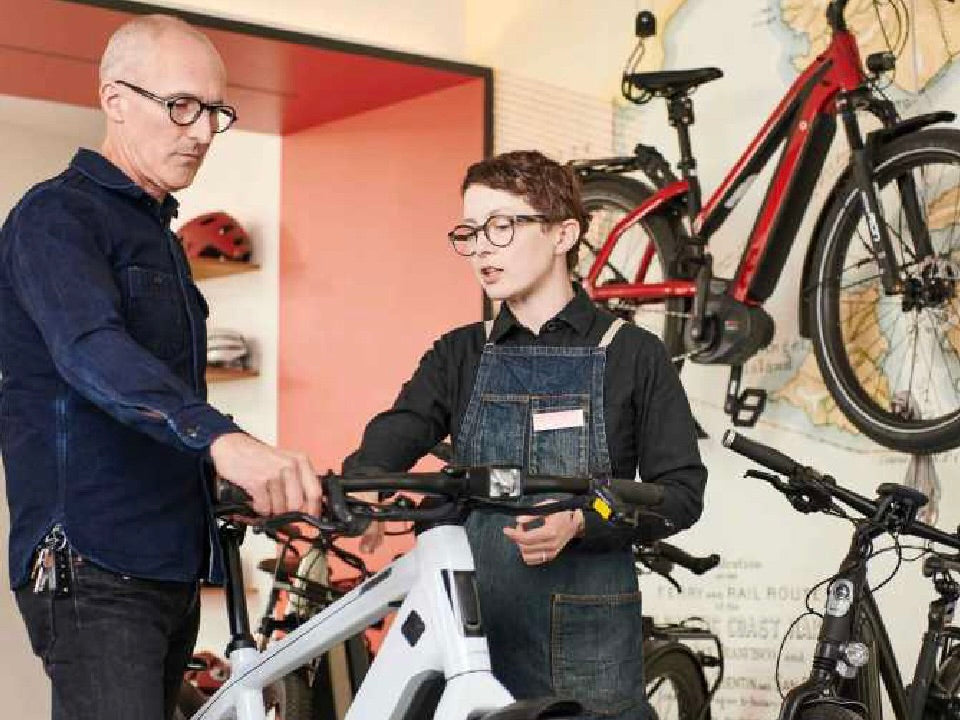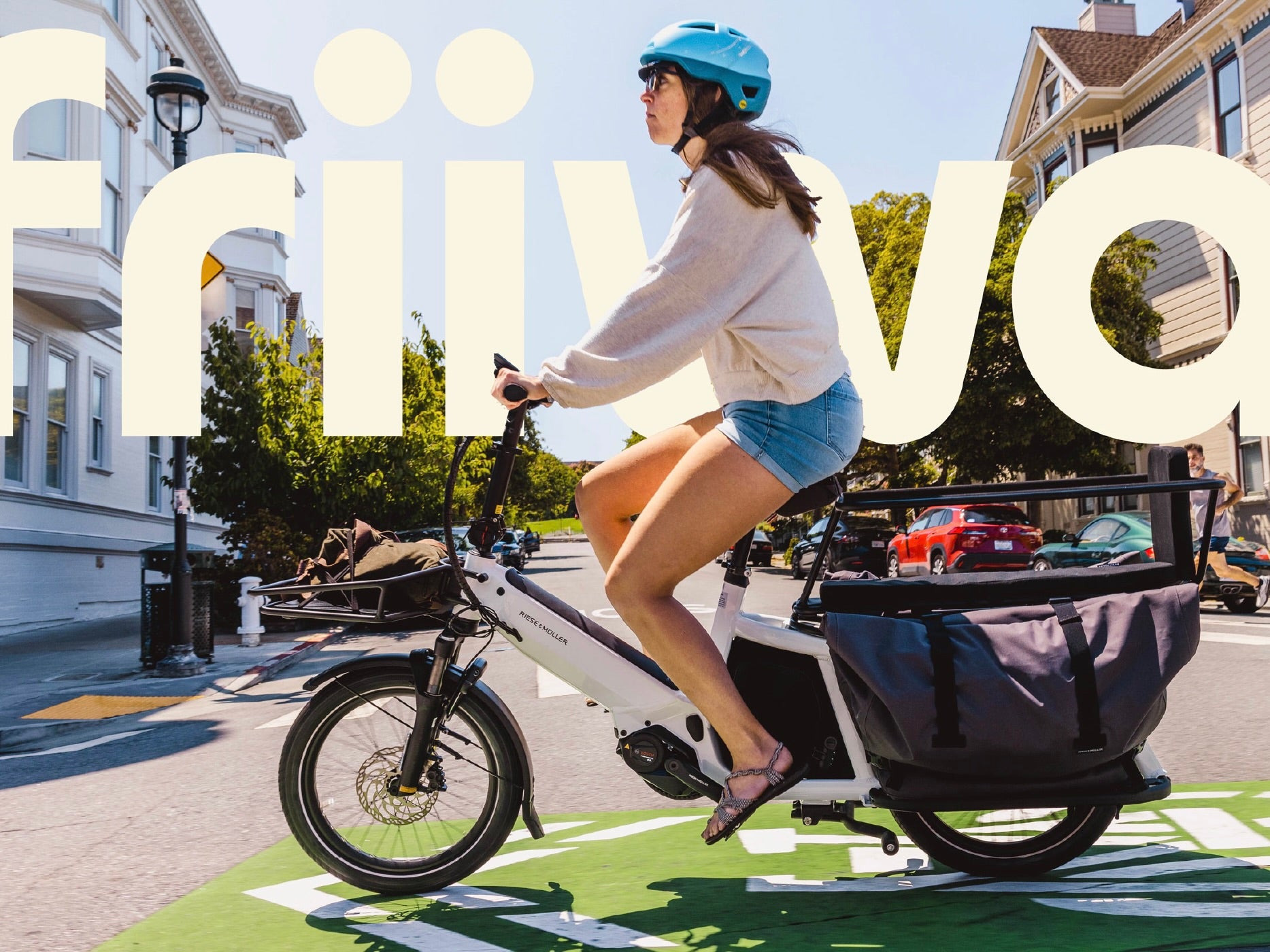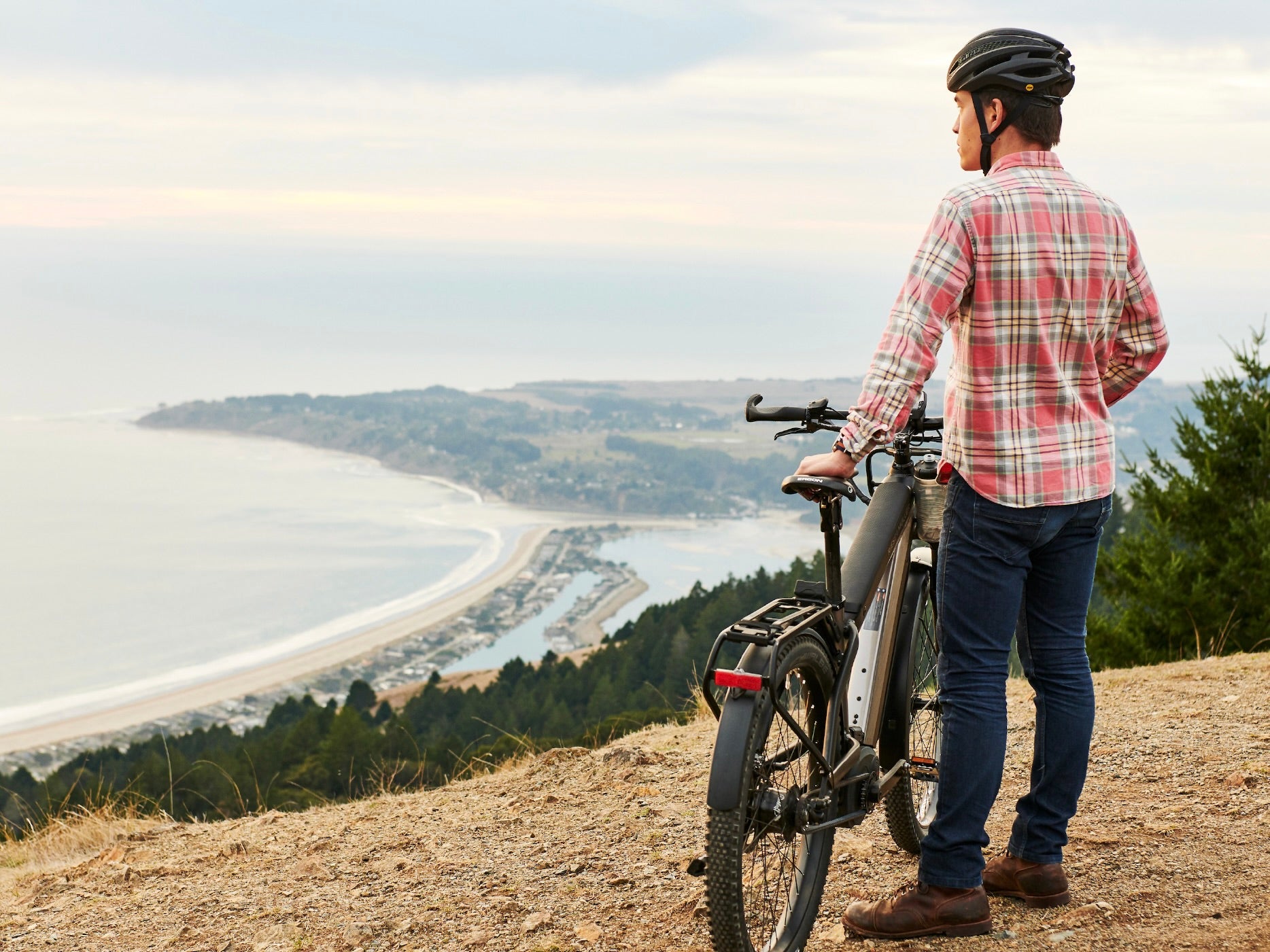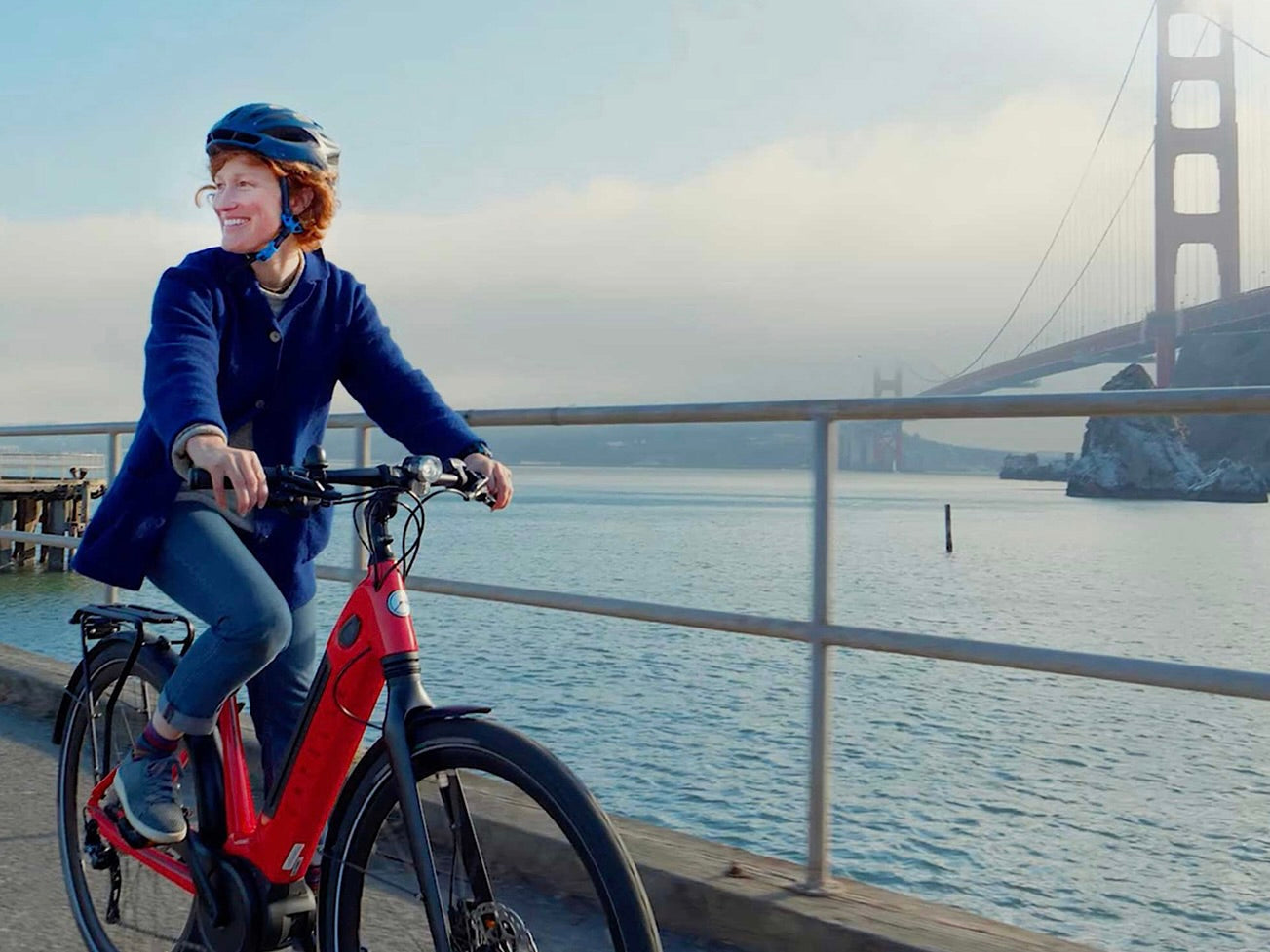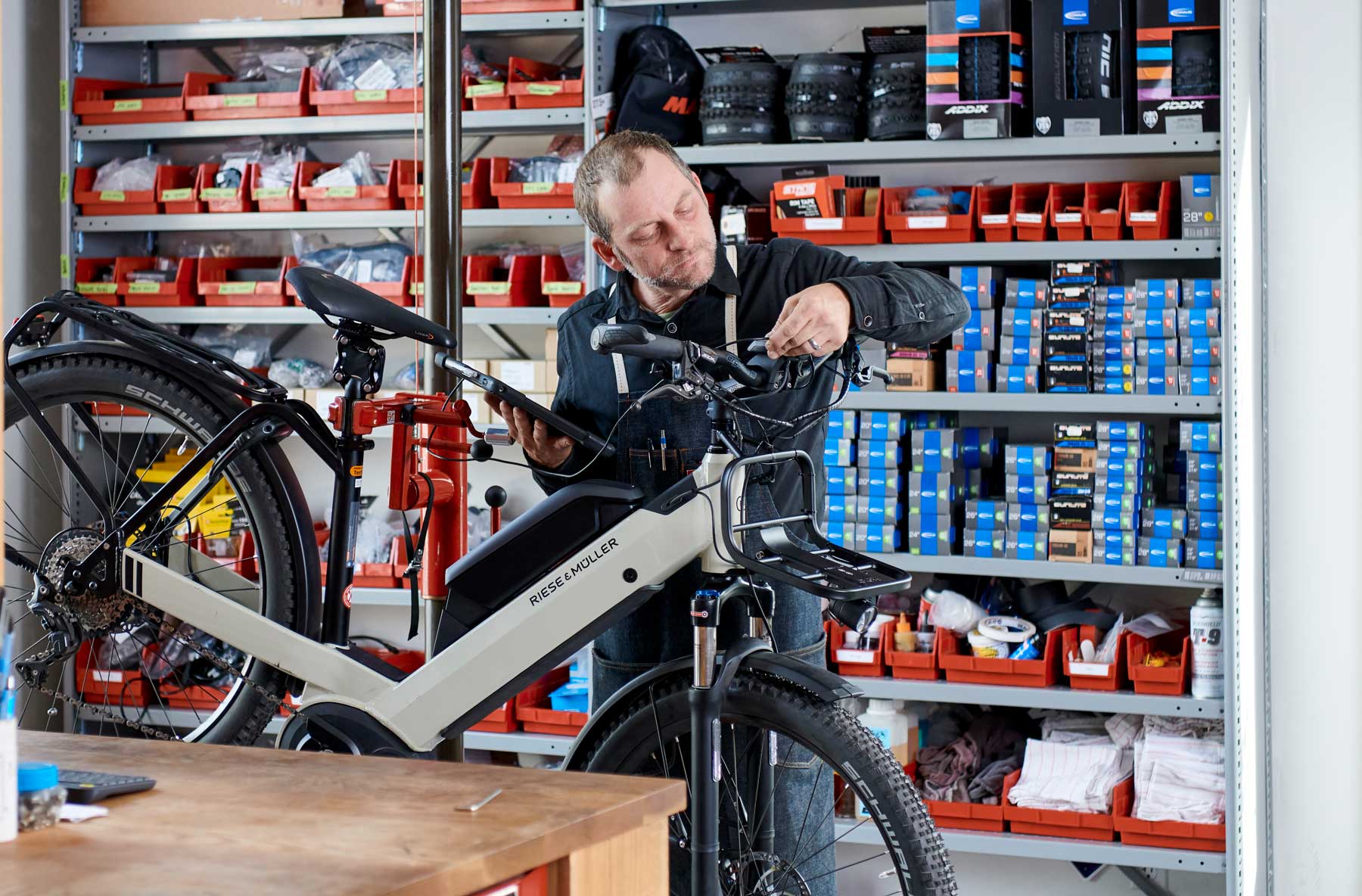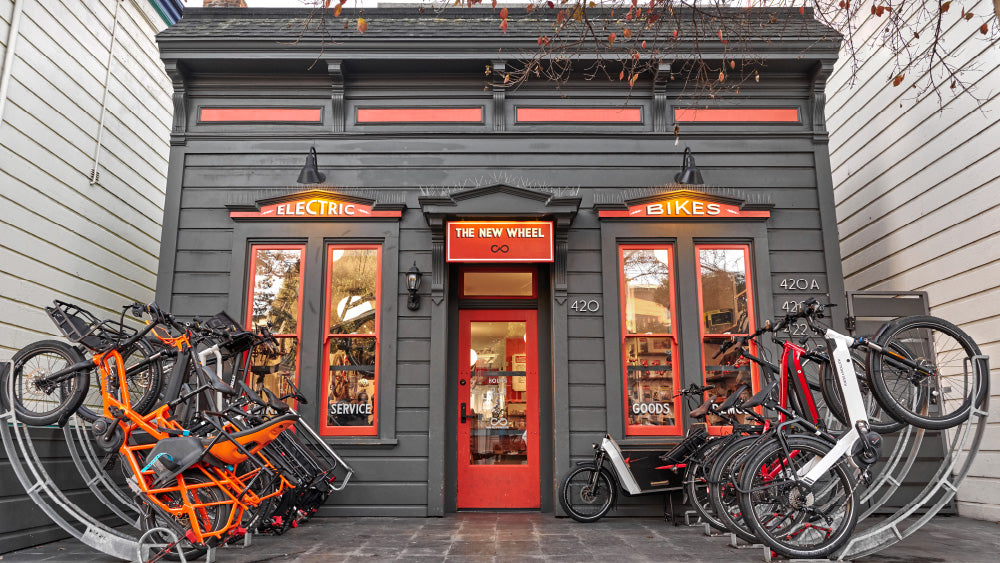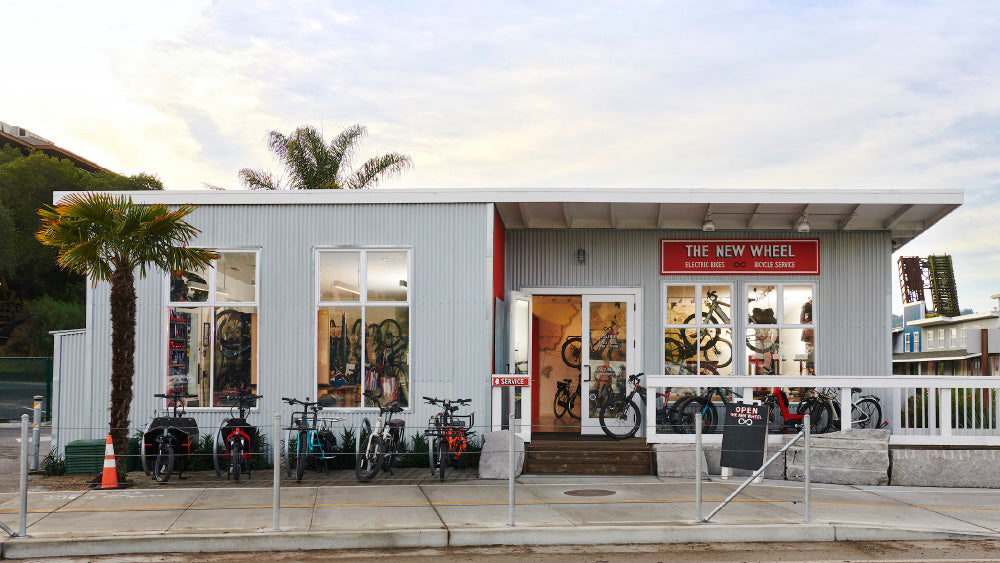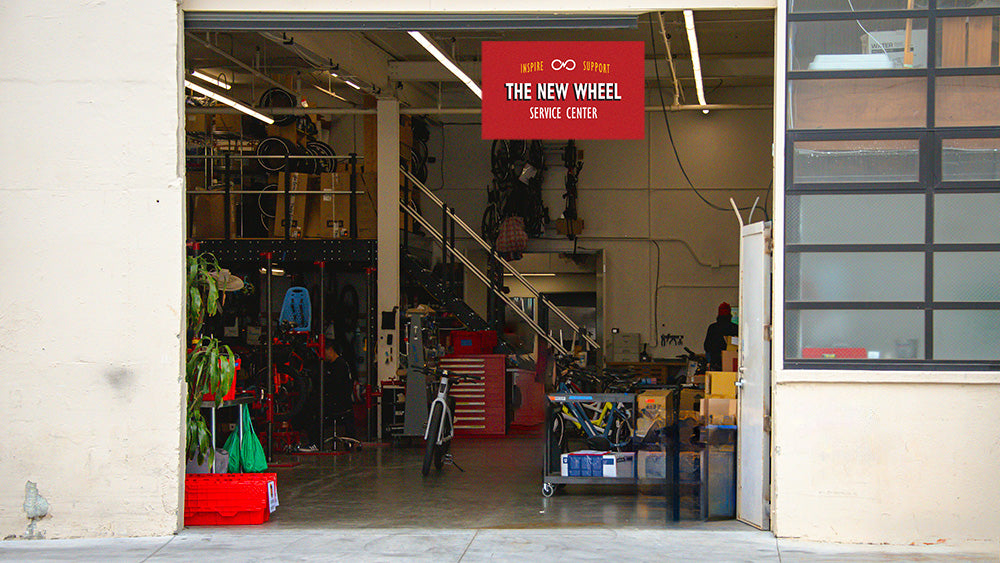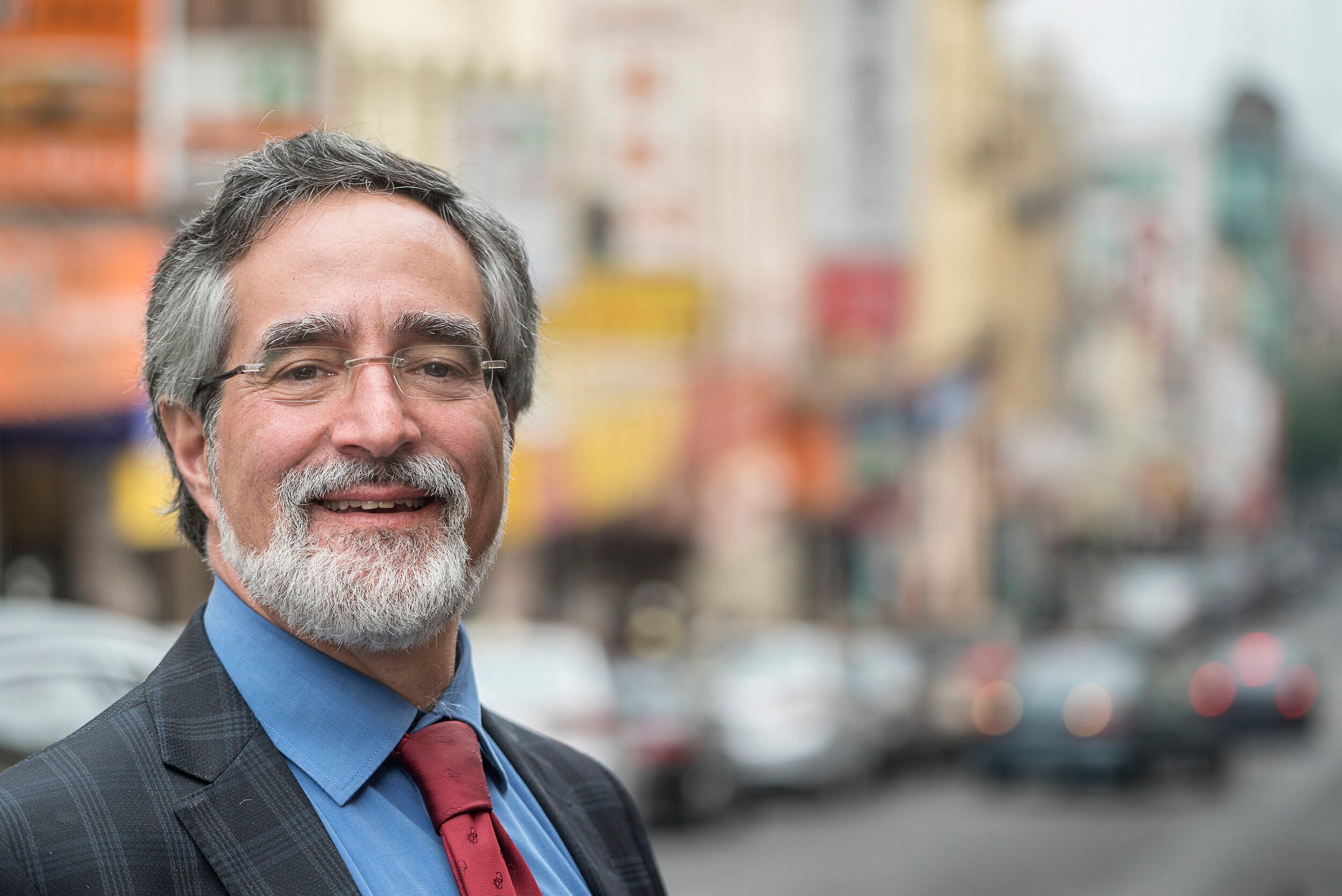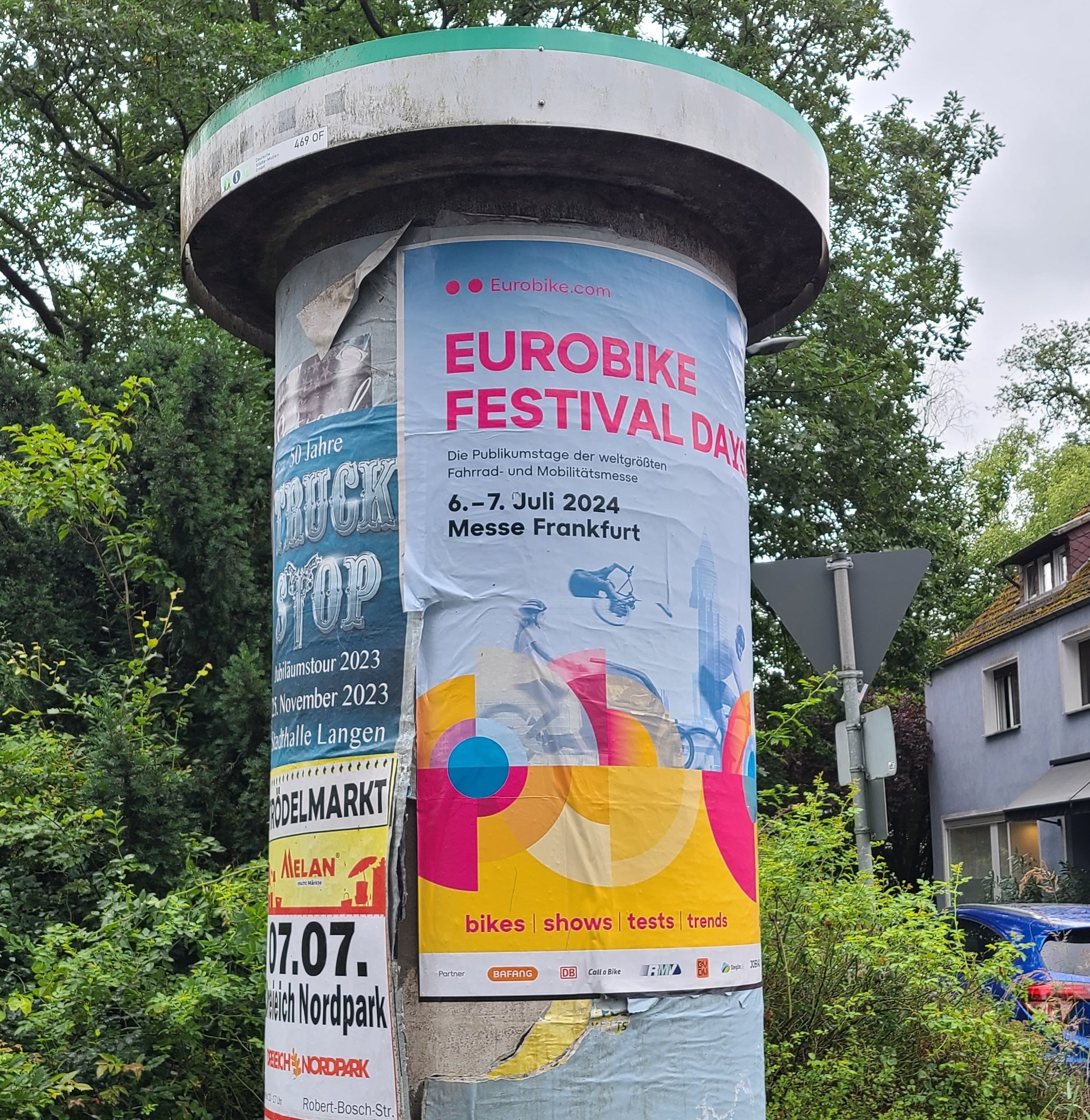Which candidate understands the promise and opportunity that bicycles bring to make San Francisco healthier, safer, more sustainable and more affordable? Who will champion cycling as Mayor of San Francisco?
We sent a questionnaire to each 2024 San Francisco mayoral candidate to help answer some of these questions. We hope it is helpful to you as you think about who you support in this important election.
Read Daniel Lurie's answers to our questions below.
1. Do you ride a bicycle regularly in San Francisco? If yes, what do you love about cycling in the city?
Yes, I own an e-bike (which I got at New Wheel!) and frequently ride it to the office, to events, and around the neighborhood with my family. I also drive when needed, especially when taking my kids to school. Biking has become a regular and essential part of how I get around the city, but we need to focus on improving how everyone gets around—whether by bike, public transit, car, or on foot. A well-rounded transportation system means investing in safer streets and better infrastructure for all modes of transportation. By working closely with residents and businesses, we can create a city that supports everyone’s needs.
2. Why do you think more San Franciscans don’t use a bicycle for transportation? What do you think are the biggest impediments and how would you tackle them?
Safety is the biggest concern for many San Franciscans. A lack of protected bike lanes, secure parking, and safe intersections makes it difficult for people to feel comfortable cycling. As Mayor, I will work to expand our network of protected lanes, improve dangerous intersections, and increase secure bike parking.
3. Do you feel safe riding a bicycle in San Francisco? Why or why not?
I feel safe riding my bike in many parts of the city, but there are many streets where the infrastructure is lacking. We need to expand protected bike lanes and make other safety improvements to ensure everyone feels comfortable on two wheels.
4. Do you think it is important that everyone of every age (8 years old to 80 years old) feels safe riding in San Francisco? Do you think it is possible? As Mayor, how would you make sure everyone feels safe riding in San Francisco?
Yes, it’s absolutely critical that people of all ages who want to bike feel safe riding in San Francisco. I believe it’s possible, but we need investments in infrastructure—protected lanes, better lighting, and safer intersections. It’s important that biking is accessible and affordable for all San Franciscans who want to bike. This means offering lower-cost options like public bike-sharing programs and providing financial support through e-bike rebates and subsidies to help more people make cycling a greater part of their lives should they choose.
5. One of the issues we see stopping more people cycling is secure bicycle parking in residences, shopping districts, parking garages, and offices. What will you do to ensure everyone has easy access to secure bicycle parking?
I will work to ensure secure bike parking is available across the city, from residential areas to commercial districts. We will streamline the permitting process for bike parking and work with developers to include secure bike storage in their projects.
6. This summer, we were in Copenhagen, a similarly sized city to SF, and experienced world-class transit, pedestrian, and cycling infrastructure—including wide protected bicycle lanes on nearly every street. Do you believe SF should be like Copenhagen (or Paris, which has increased cycling by over 80% in five years), and what will you do as Mayor to get us there?
We should look to best practices from around the world to explore what may make sense for us here in San Francisco. As Mayor, to increase cycling as a mode of transportation, I will prioritize building a safe and connected network of protected bike lanes, invest in public bike-sharing programs, and explore incentives like e-bike rebates to encourage cycling.
7. Do you believe the removal of parking spaces is a tradeoff required to dramatically improve pedestrian and cyclist safety and speed transit? Why or why not?
In some cases, removing parking spaces may be necessary to prioritize safety and speed up transit. We can create safer streets while addressing concerns about parking by communicating more clearly and effectively with those impacted by these kinds of decisions.
8. Do you believe it is important that neighborhood interest groups be consulted for each bike infrastructure improvement that impacts the neighborhood, or do you think that cycling networks should be built based on a citywide plan insulated from local opposition?
Yes, I believe in both a citywide vision for cycling infrastructure and the importance of engaging neighborhoods in that citywide plan. Meaningful community involvement early in the process helps ensure that local concerns are addressed and that projects reflect the needs of those directly impacted. However, once plans are carefully developed, vetted, and approved with full community input, we need to move forward without costly delays. As Mayor, I will ensure that residents and businesses are kept informed, but also that we stay committed to timely execution, building a safer and more connected city for everyone.
9. Paint us a picture of what you believe our streets should look like in 10 years: Do you think San Francisco streets should look relatively similar to how they do today, somewhat different, or very different?
In 10 years, I envision San Francisco streets looking a bit different. We’ll have more protected bike lanes, transit-only lanes, and pedestrian-friendly spaces. Our streets will be better designed for how people get around—safe for walking, driving, biking, and taking public transit. But this transformation won’t happen overnight, and, in my administration, it won’t happen without a citywide comprehensive plan that has been developed through deep community engagement.
